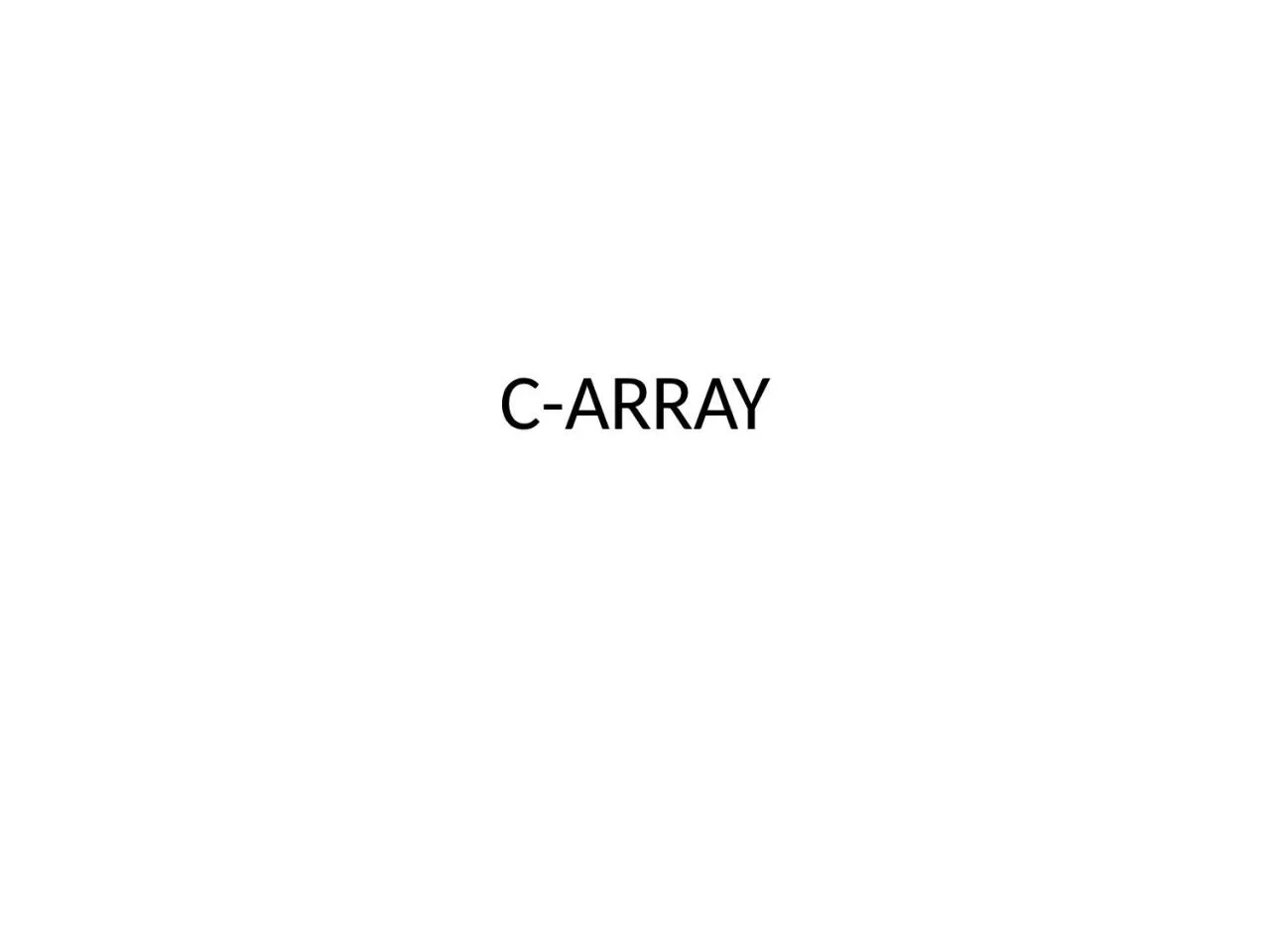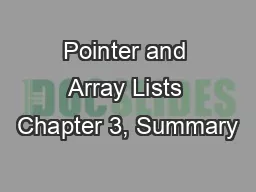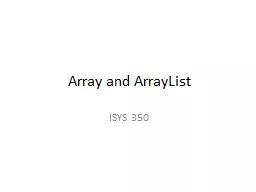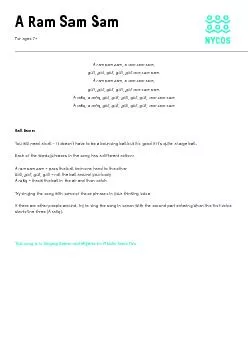PPT-C-ARRAY C Array is a collection of variables belongings to the same data type. Group of
Author : jordyn | Published Date : 2023-10-26
Array might be belonging to any of the data types eg Float int double etc Array size must be a constant value Always Contiguous adjacent memory locations are used
Presentation Embed Code
Download Presentation
Download Presentation The PPT/PDF document "C-ARRAY C Array is a collection of varia..." is the property of its rightful owner. Permission is granted to download and print the materials on this website for personal, non-commercial use only, and to display it on your personal computer provided you do not modify the materials and that you retain all copyright notices contained in the materials. By downloading content from our website, you accept the terms of this agreement.
C-ARRAY C Array is a collection of variables belongings to the same data type. Group of: Transcript
Download Rules Of Document
"C-ARRAY C Array is a collection of variables belongings to the same data type. Group of"The content belongs to its owner. You may download and print it for personal use, without modification, and keep all copyright notices. By downloading, you agree to these terms.
Related Documents














